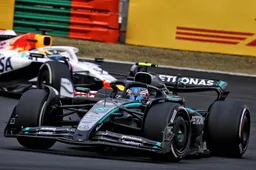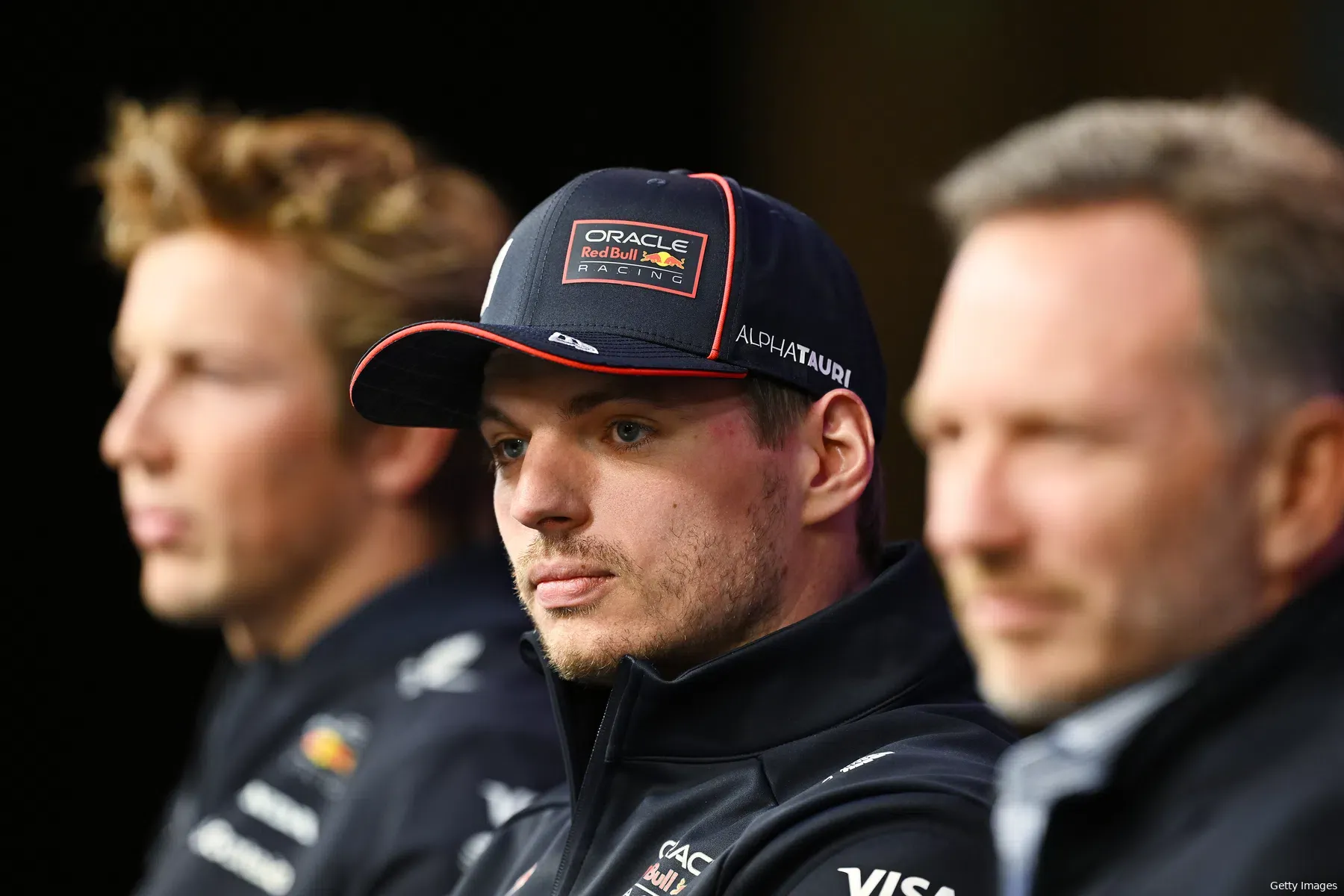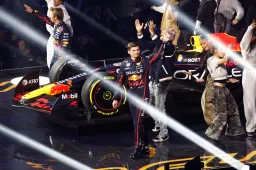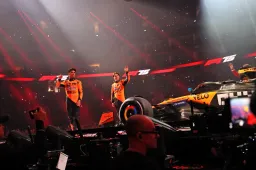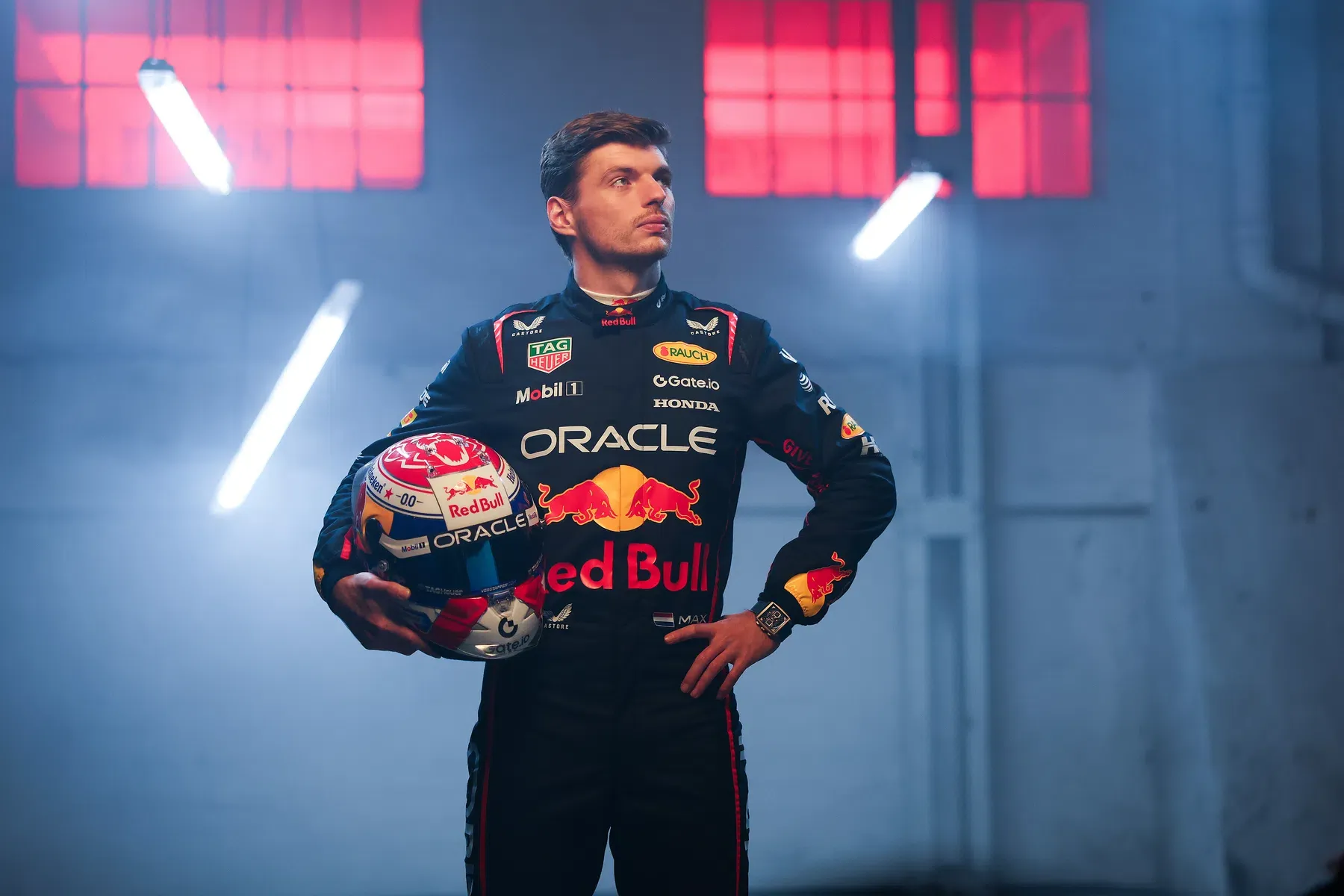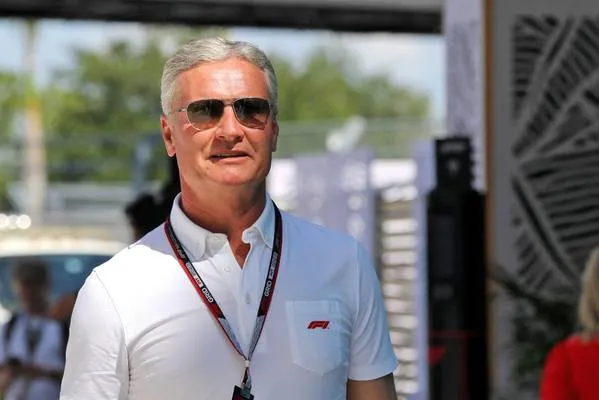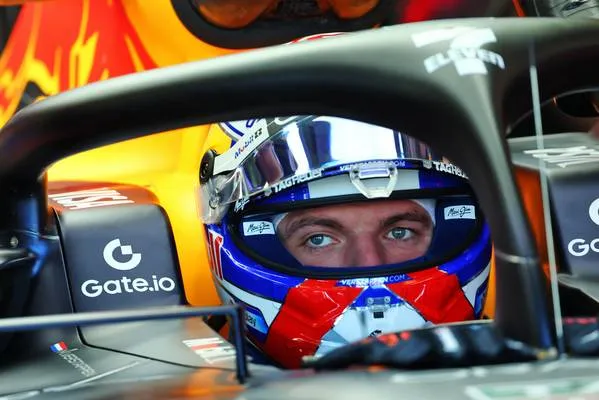For the first time, all F1 teams came together for one big reveal. F1 75 Live was in honour of Formula 1's 75th anniversary, but possibly also with a view of making this a yearly tradition. The question is: will a repeat after the first edition be justified?
A grand unveiling of all liveries for 2025. The Formula 1 season thus had, for the first time in its history, an opening event where all the teams came together. Whereas in past years teams often chose their own time to unveil the car, now everyone had to travel to London.
Beforehand, drivers and teams were not keen on this. Flying back and forth to London right in the middle of preparation for the season is no mean feat. Not only personnel, but also a car had to be flown in for the event. In addition, the teams had to put up their own money for their part of the presentation. Each team did that in its own way.
Whereas teams can control the day, time, audience and media invited during their own unveiling, that is not the case for an unveiling organised by F1. Beforehand, some, especially small teams, feared they would be overshadowed during the huge event. Whereas a team like Sauber or Haas normally has its own moment of fame, that would now be more overshadowed given the focus on the big teams.
Still, there did appear to be a lot of enthusiasm for the event. The O2 arena sold out within 20 minutes and was therefore packed on the big day.
How Formula 1 teams viewed F1 75
Once arriving in London, it showed. Well before the event started, fans could be found throughout the capital city, hoping to catch a glimpse of one of their heroes. This immediately proved to be the logistical problem of an event in London. Indeed, once they arrived, some teams complained about the rigid security around the arena, making it difficult for everyone to arrive on time.
The InterContinental Hotel located adjacent to the O2 arena had room for all the press. All teams had a 30-minute time slot in which to let the drivers and team boss speak. That this did not involve a unified plan became clear in the preparations. Ferrari was not even present at the media moments. The Italian team skipped that one, with its own media moment a day later in Italy.
It will raise questions among other teams, which did opt for F1's media moment. Some teams sent only the drivers to the front, teams like McLaren and Williams also shuffled their team bosses to the press conference.
Red Bull the focus of the conferences in London
In a setting for a press conference, all the drivers were interviewed. The setting, which is ideal for F1 to get everything in the right shot for videos, is not ideal for journalists on the ground. In fact, it makes it very distant, keeping conversations formal.
The one team that did manage this well was Red Bull Racing. At the end of the long media day, Red Bull chose to sit briefly at the press conference table, after which they soon opted for separate small rooms. This allowed time for smaller, face-to-face sessions with the drivers and the team boss. It automatically made for more enjoyable conversations and statements from the protagonists. An example that many others could have followed.
Still, Red Bull will be the team that will leave the London event with a bad taste in their mouth. Whereas a year back in Milton Keynes, Horner was sung to by the fans present at the home factory, the Red Bull Racing team boss was booed vociferously by the London crowd, as was the case for Max Verstappen.
You can say it's 'part of the sport', as many attendees claimed, but of course this has nothing to do with that. An event like this is supposed to be a promotion for the teams and Formula 1, and because of the fans' behaviour it was not the case for all involved. Red Bull, which has itself pumped a lot of money into the presentation and will itself see little back from the revenue F1 generates from this event, will be the biggest opponent of a repeat of this event.
Picking London as the venue wasn't exactly 'neutral' ground in that respect either. London is a logical location given that many teams are based there, but the show's narrative was very much tied to names familiar to Brits. For instance, there was a starring role for Martin Brundle, Lewis Hamilton and Lando Norris throughout the show.
A second edition, if it ever comes, would rather belong in America in that respect. In more 'neutral' territory, the athletes might all be appreciated a bit more than in London. For example, many Brits on the ground argued that the opposite would have happened if this event had taken place in Amsterdam. A contention that will never be tested, however.
Will there be a second F1 75 in 2026?
The show itself was well received locally. Perhaps also because expectations among followers were admittedly low. After all, if you peel off what the show really is, people basically came to London for the unveiling of ten teams' livery.
That 'old school' Formula 1 fans have nothing to do with this event is therefore not surprising. However, the show is not meant for them either. Like Drive to Survive and the Formula 1 film with Brad Pitt, this kind of event is mainly meant to appeal to a new audience. Something Liberty Media has succeeded well with in recent years. From a sport where all participants suffered huge losses every year, within a decade it has grown into a hugely profitable sport that many an entrepreneur wants to get into.
A show like the one in London is therefore probably over the top for the down-to-earth F1 fan, with far too much focus on the show around it. It is the American way, where with major sporting events there is often also more attention to all the things around it as well as the sport itself. F1 attracts a new audience, where older fans might soon turn off the TV.
Whether there will be a second edition remains to be seen. There are some logistical problems ahead in 2026 anyway. For instance, the winter test will be longer and teams will want to do everything they can to optimise the car and engine before the start of a season with completely new regulations. An event to unveil the livery then does not seem to fit well into the calendar.
For Formula 1 itself, though, the event can be considered a success. The arena was filled with more than 15,000 people and online people watched en masse. F1 reported 4.6 million viewers after the event, with a peak of 1.1 million viewers at one point.
Want more Formula 1? Then follow GPblog on our various social media channels!
X | Instagram | Tiktok | YouTube
Popular on GPBlog

Pregnant Kelly Piquet shares photos with Verstappen and Penelope
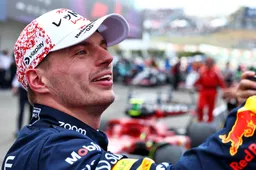
Verstappen to be given "offer he can't refuse" to leave Red Bull?
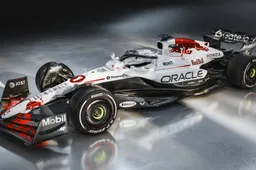
Photos | See the special livery on Verstappen's RB21 from all angles
